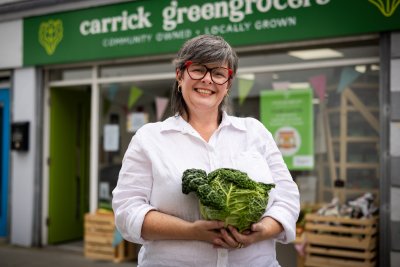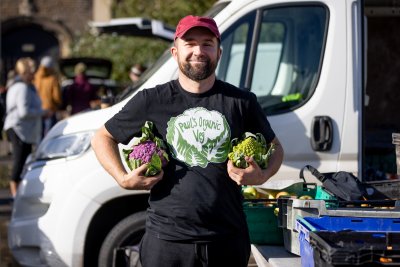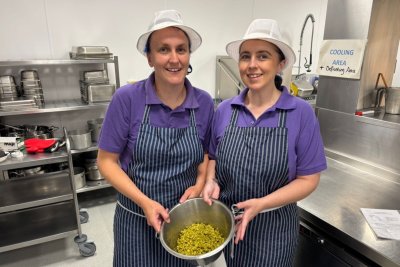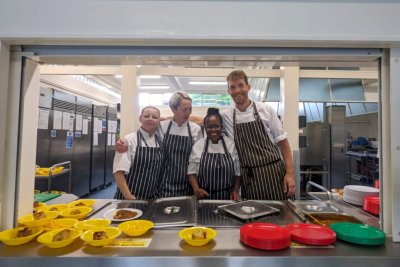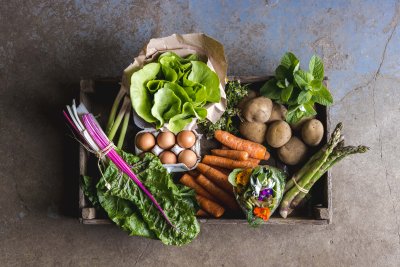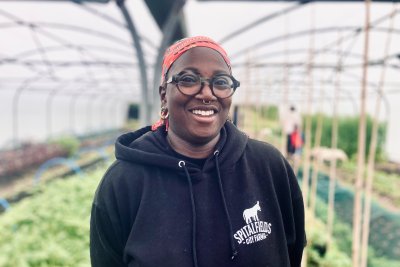Sustain: Sustain The alliance for better food and farming advocates food and agriculture policies and practices that enhance the health and welfare of people and animals, improve the working and living environment, enrich society and culture and promote equity.

Industry wasting nearly 2 million tonnes of food a year
Report highlights how avoiding waste, distributing more of the surplus to people in need, and diverting more waste to be used as animal feed could almost halve industrial food waste, and save the industry millions
A new report from WRAP, the anti-waste organisation, has exposed the amount of food being wasted by manufacturers and retailers, before it even reaches consumers.
Of the 1.9 million tonnes of food wasted every year by the food industry, more than half (1.1 million tonnes) is avoidable. This represents a loss to the food industry of £1.9 billion a year.
Food surplus and waste in the retail sector amounted to 240,000 tonnes, equivalent to 0.7% of sales. Of this, 5,000 tonnes was redistributed to people, 27,000 tonnes used in the production of animal feed and 210,000 tonnes was food waste. In other words, of food not sold as intended, only 13% was either redistributed or sent for the production of animal feed.
In manufacturing (including third-party logistics) there were 2.4 million tonnes of food surplus and waste, the equivalent of 4.2% of UK production. Of this, 42,000 tonnes was redistributed to people, 635,000 tonnes used to produce animal feed and 1.7 million tonnes was food waste. This means that of food not sold as intended, just 28% was either redistributed or sent for the production of animal feed.
For the first time, the report breaks down food waste by sector. Most wasteful is the dairy sector, accounting for 23% of avoidable food waste, followed by meat, poultry and fish (18%). Least wasteful were sugar (less than 1%) and milling (1%).
The report examines the causes of food waste, and shows that through a combination of preventing food waste or 'surplus' being generated, redistributing food surplus to hungry people, and diverting more to animal feed could lead to a 42% reduction in avoidable food waste, saving businesses millions of pounds a year.
Sustain
The Green House
244-254 Cambridge Heath Road
London E2 9DA
020 3559 6777
sustain@sustainweb.org
Sustain advocates food and agriculture policies and practices that enhance the health and welfare of people and animals, improve the working and living environment, promote equity and enrich society and culture.
© Sustain 2025
Registered charity (no. 1018643)
Data privacy & cookies
Icons by Icons8
